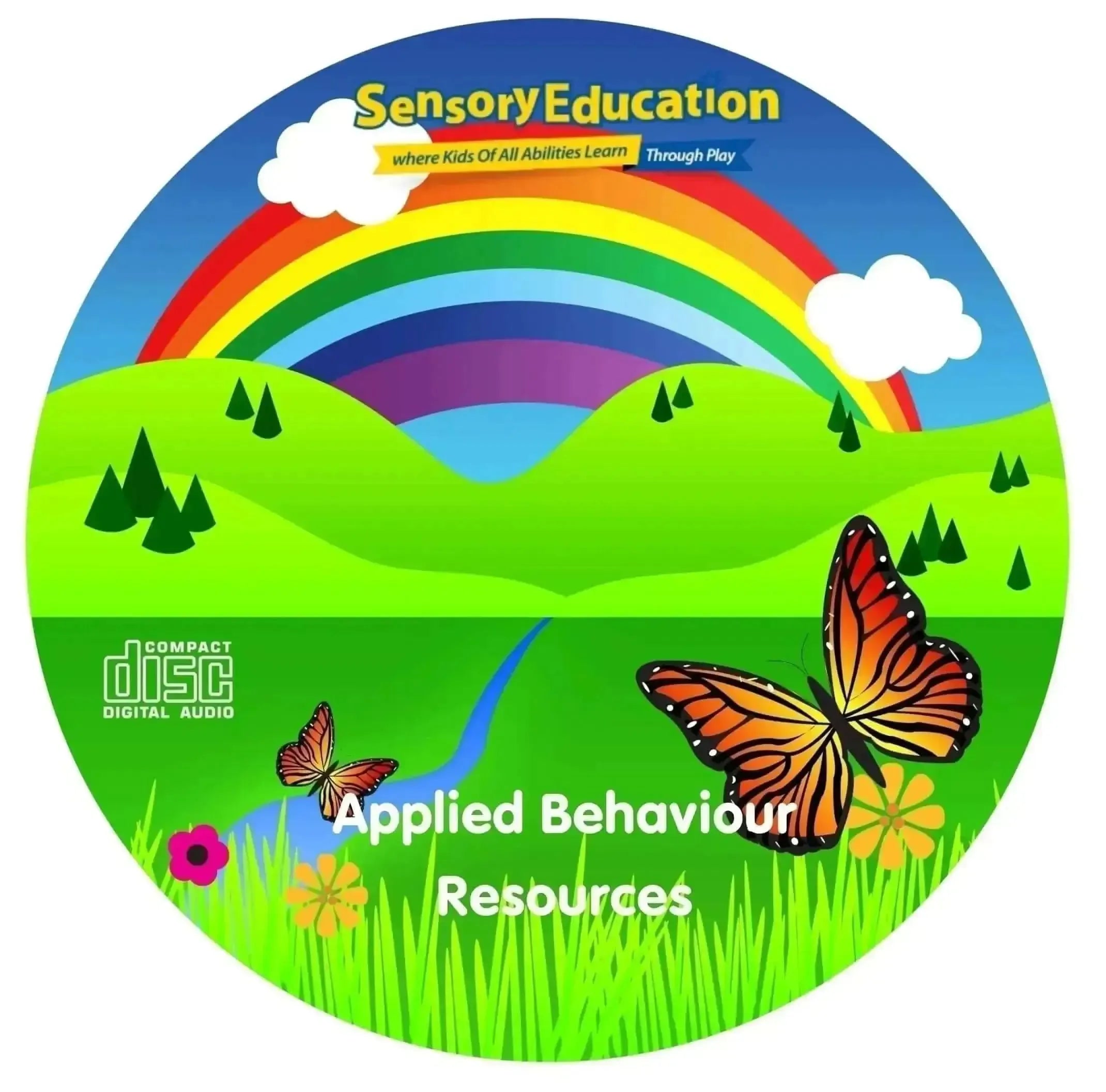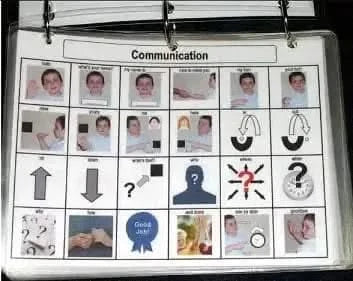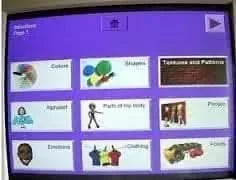Description
Applied Behavior Analysis (ABA) Program – Comprehensive CD-ROM for Autism Treatment and Learning Development
Embark on a structured, easy-to-follow journey in Applied Behavior Analysis (ABA) with our complete ABA program CD-ROM, an all-in-one resource tailored for children with Autism and developmental delays. Packed with invaluable materials, detailed instructions, and interactive tools, this program equips parents, teachers, and therapists with everything needed to implement an effective ABA treatment plan.
Key Features of the ABA Program CD-ROM:
Comprehensive Resources
-
E-Book One: A 224-page guide filled with over 900 colour pictures, offering:
- A step-by-step ABA program.
- Training manuals, data sheets, and program descriptions.
- Worksheets, speech drills, and an example sensory diet.
- Activities for pairing, sensory integration, self-help skills, receptive instructions, and more.
-
E-Book Two: Language Processing Drills: A 103-page manual with 196 pictures and 180 targeted drills across six sections, such as:
- Picture discrimination and adjectives.
- Plural vs singular, prepositions, and intraverbal categories.
- Interactive question-answer formatting for smoother sessions.
-
E-Book Three: Language and Learning Exercises: A 196-page guide focusing on:
- Matching identical pictures to build instructional control.
- Sequencing and patterns for cognitive development.
- Attributes, categorisation, and yes/no communication drills.
Innovative Teaching Tools
- Interactive Design: Visual “picture” pages for children and corresponding “question” pages for instructors ensure seamless therapy sessions.
- Data Collection Sheets: Monitor and track progress effectively to adjust teaching strategies as needed.
- Diverse Learning Sections: Activities cover critical areas such as matching, sequencing, discrimination, and communication.
Educational Benefits:
- Skill Development: Builds foundational skills in communication, critical thinking, and categorisation.
- Promotes Independence: Encourages self-regulation and functional communication through structured exercises.
- Supports Cognitive Growth: Sequencing, pattern recognition, and attribute identification aid in problem-solving and academic readiness.
- Inclusive Learning: Tailored for learners at different developmental stages.
Why Choose This ABA Program?
- All-in-one solution for setting up and running an ABA Autism Treatment Program.
- High-quality, visual-rich content suited for visual learners.
- Clear, structured instructions for parents, teachers, and therapists.
- Practical drills and exercises applicable to real-world scenarios.
Whether you're a parent starting your ABA journey or a seasoned therapist looking for comprehensive tools, the Applied Behavior Analysis Program CD-ROM offers an invaluable resource to enhance learning and improve outcomes. Empower children with Autism to develop essential life skills and reach their full potential.



